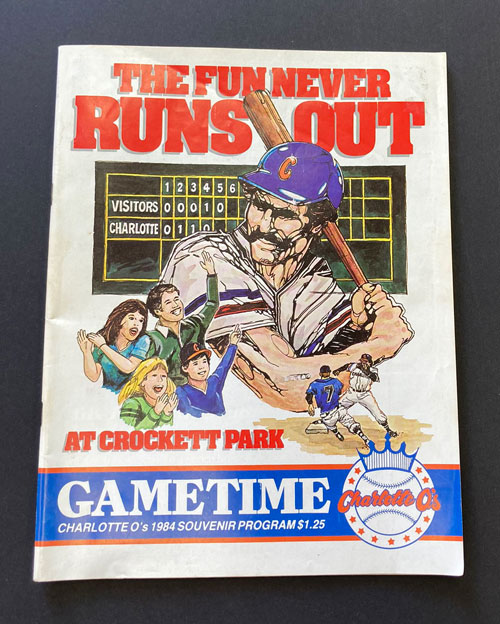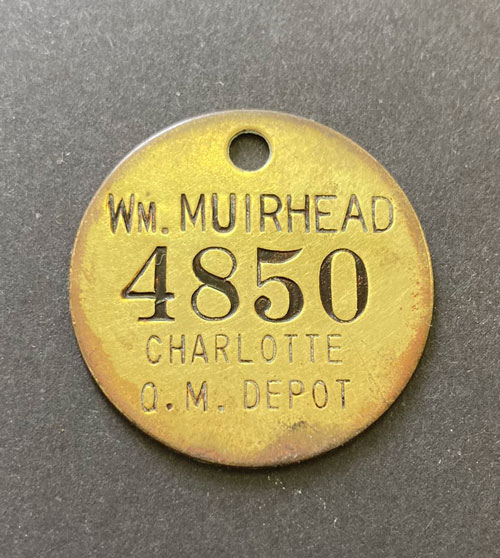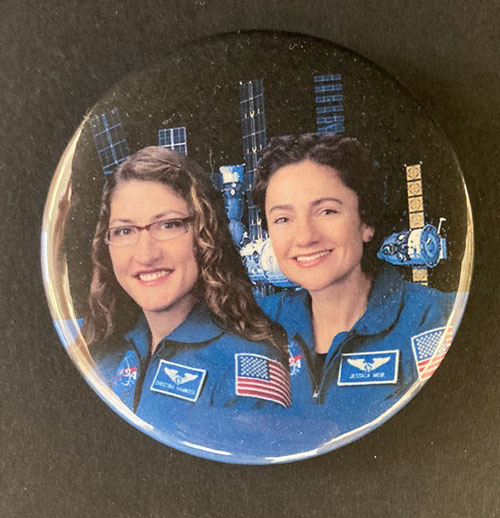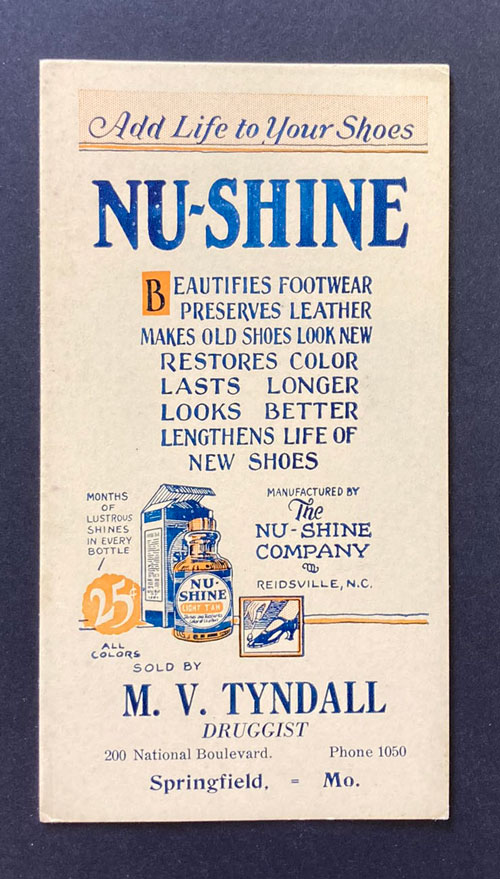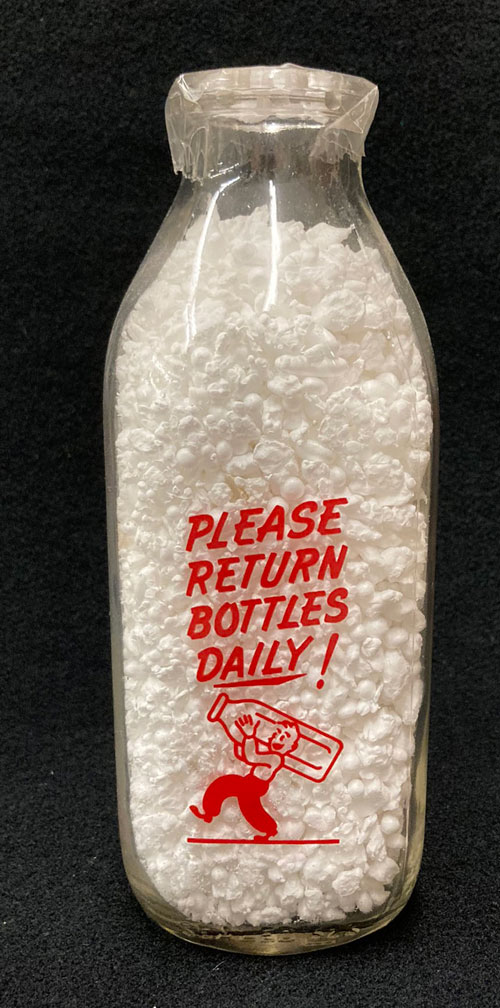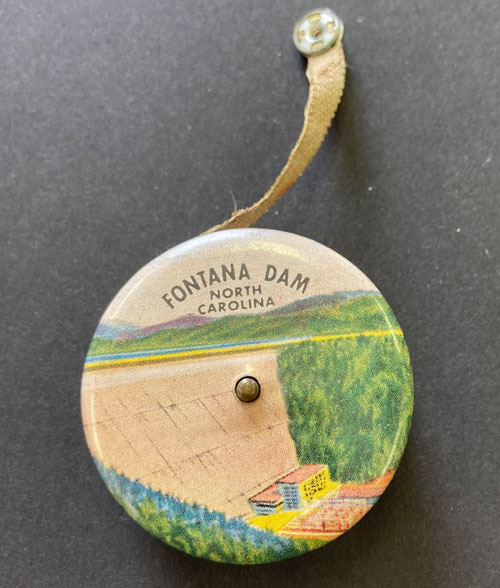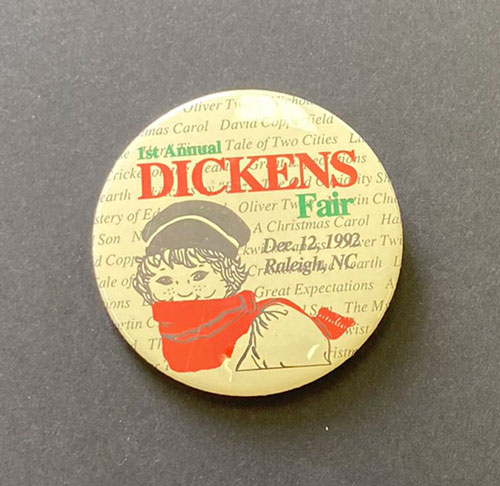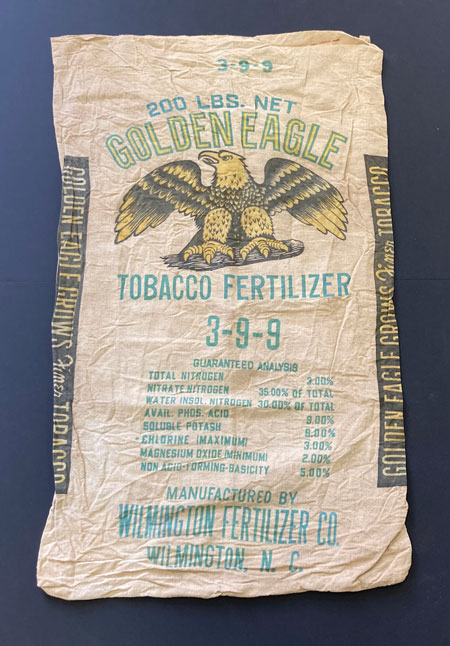On September 6, 2023, sanitation workers in Durham, North Carolina went on strike to demand higher wages. For 6 days, the workers, most of whom are Black, stayed on strike and successfully brought their demands to the immediate attention of the municipal government and to the citizens of Durham: the next month in October, the City Council voted to give the lowest-paid workers in the city bonuses up to $5000. This was not the entirety of the strikers’ demands, but viewed as a start, and their struggle continues.
Today it is illegal for public employees to strike in North Carolina, according to North Carolina General Statute 95-98.1, and collective bargaining is also banned. Some coverage of the September 2023 strike indicated that this was the first illegal strike of public works employees in Durham, but this was not the first ever strike seen in the city. There were at least 2 other Black-led municipal worker strikes in Durham, in 1961 and 1966, and both of these strikes were successful in receiving their demands.
A handful of photographs depicting the strikes were published in the Durham Herald-Sun newspapers, as the newspaper deployed staff photographers to the demonstrations, but the Durham Herald Co. Newspaper Photograph Collection, circa 1945-2002 contains many astounding photographs never before published – selections of these photographs are shown for the first time here.
The 1961 Durham, NC City Workers Strike
In August, 1961, the Durham Sun newspaper announced to readers, “If Pay Not Hiked – Garbage Men Threaten New Strike.” It stated that on the evening of August 10, 1961, 165 Black city workers from sanitation, street, and water/sewer divisions met at the Labor Temple to discuss demands for a wage plan to deliver to the city manager, George Aull, Jr. Black workers were known to meet at a building in Hayti – there was another location also very important to Durham’s labor organizing on North Mangum Street. Two weeks before, sanitation workers had walked off the job for an entire day to bring concerns about low pay and merit-based compensation structures for city employees.
The next reporting from September 5, 1961 in the Durham Sun announced that sanitation workers went on strike that morning, indicating that any talks had not met the demands of a fair pay raise. Strikers assembled at the Sanitation Department building on Camden Avenue. At the time, there were about 75 sanitation workers on the force, and most of them went on strike. As in August, the reporting explains that Black workers had been meeting and organizing at the Labor Temple, showing how important this space was for community mobilization.
Workers would ultimately stay on strike for 8 days until concessions were made, which included across-the-board pay hikes and the adoption of a merit system of promotion – a major issue of discrimination was that truck drivers were by and large white, and they were paid more as drivers. A merit-based system then made Black workers eligible for positions that had only been available to whites.
The following photographs are dated 05 September 1961, by Charles Cooper, and are in the Durham Herald Co. Newspaper Photograph Collection, circa 1945-2002, envelope 1-01-43-121:
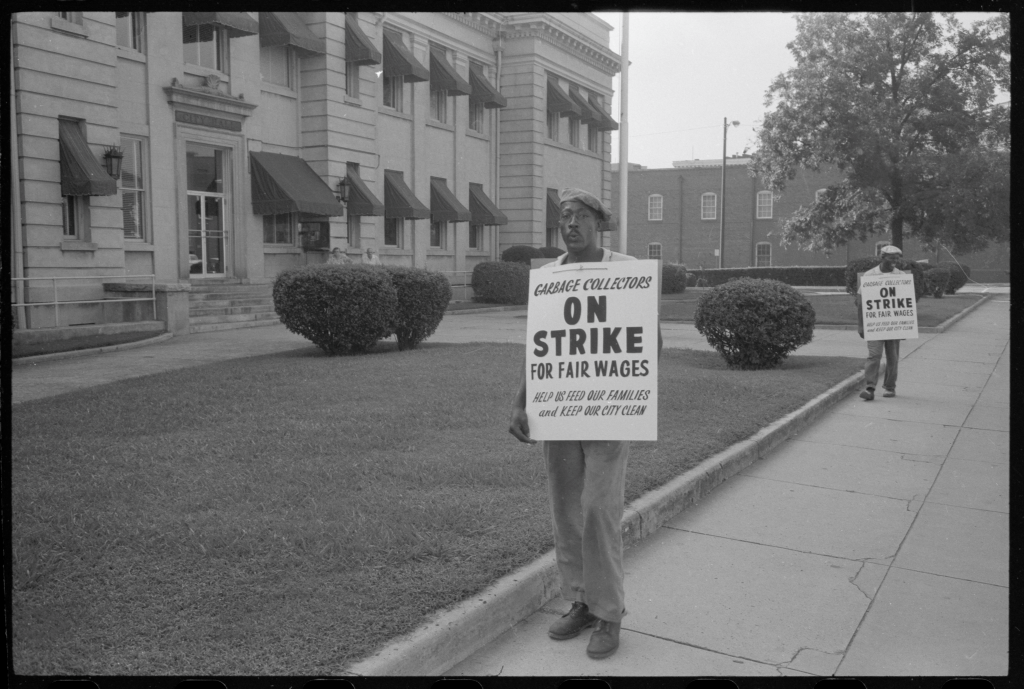
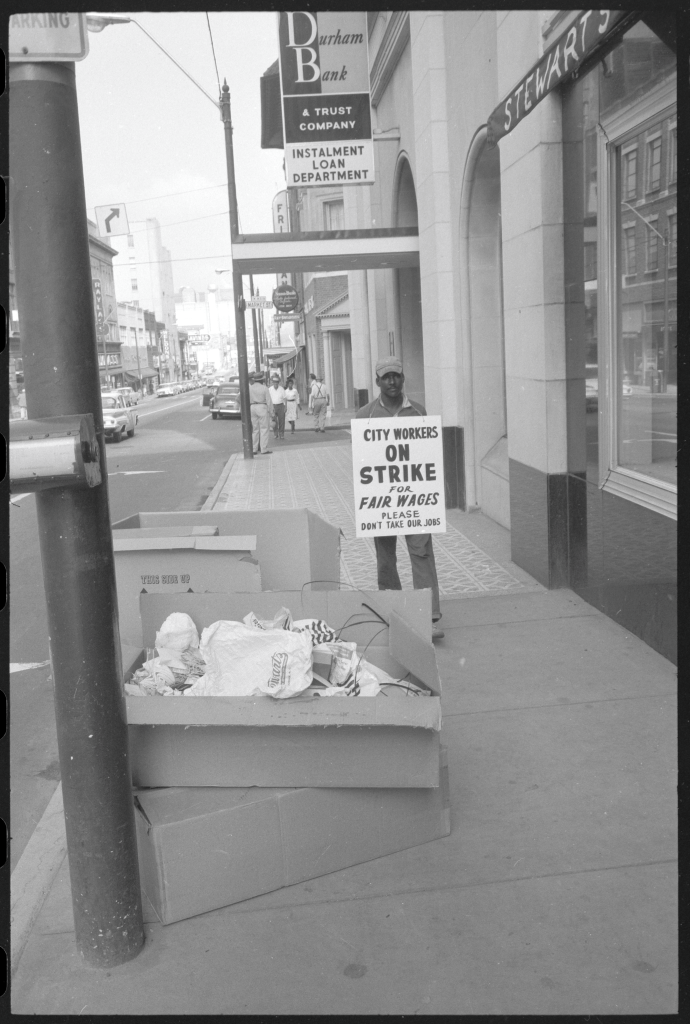
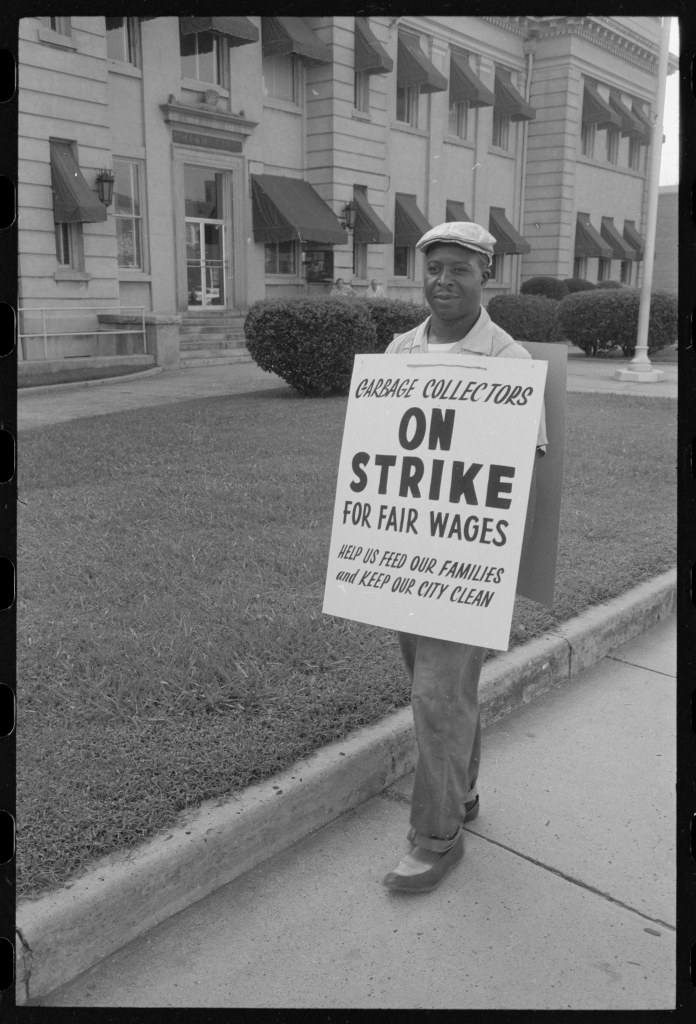
The 1966 Durham, NC City Workers Strike
The summer of 1966 saw a much larger strike: about 235 municipal employees, mostly sanitation workers, walked off the job July 7, 1966 in an action again led by Black strikers. Other departments taking part included street cleaning, engineering, and traffic divisions. This action was supported by the Local 1194 of the American Federation of State, County, and Municipal Employees (AFSCME), whose president at the time was William J. Harris. The main impetus was again compensation and pay raises: this time, miscommunication and mismanagement in city administration caused confusion whether raises that were supposed to be across the board would instead be based on job classification.
The strike lasted for a week until work resumed July 14, 1966, and not only did striking workers receive the raises the city had already decided upon, they also won upgraded job classifications and merit raises.
The following photographs are dated 07 July, 1966, by Charles Cooper, depicting union leaders meeting with the city manager, and are in the Durham Herald Co. Newspaper Photograph Collection, circa 1945-2002, envelope 1-01-48-305:
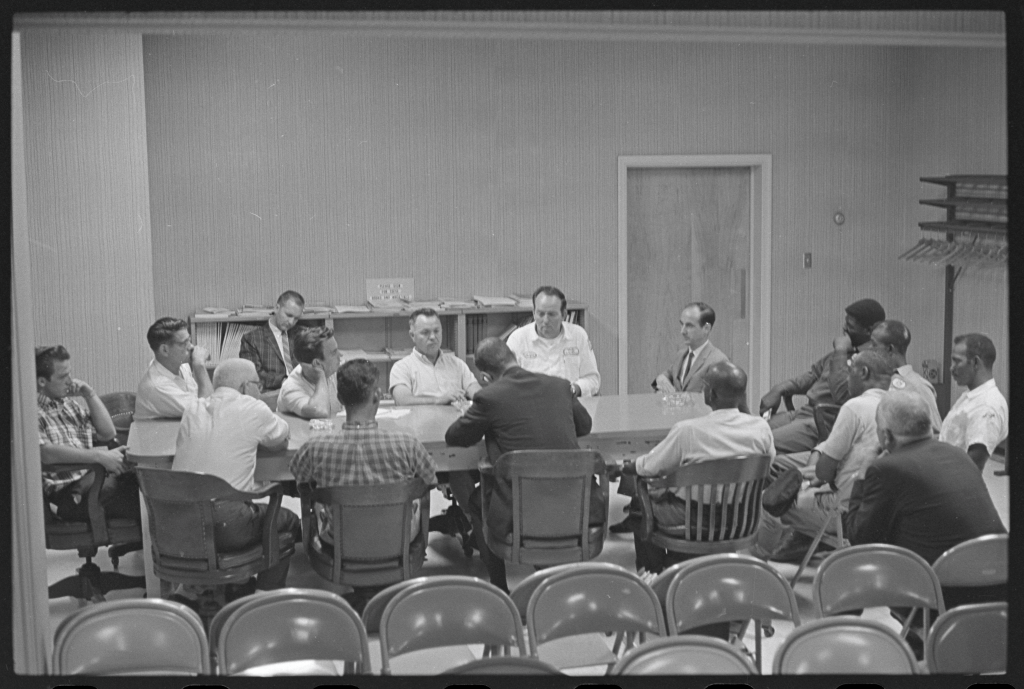

The following photographs are dated 08 July, 1966, by Harold Moore, and are in the Durham Herald Co. Newspaper Photograph Collection, circa 1945-2002, envelope 1-03-25-132:

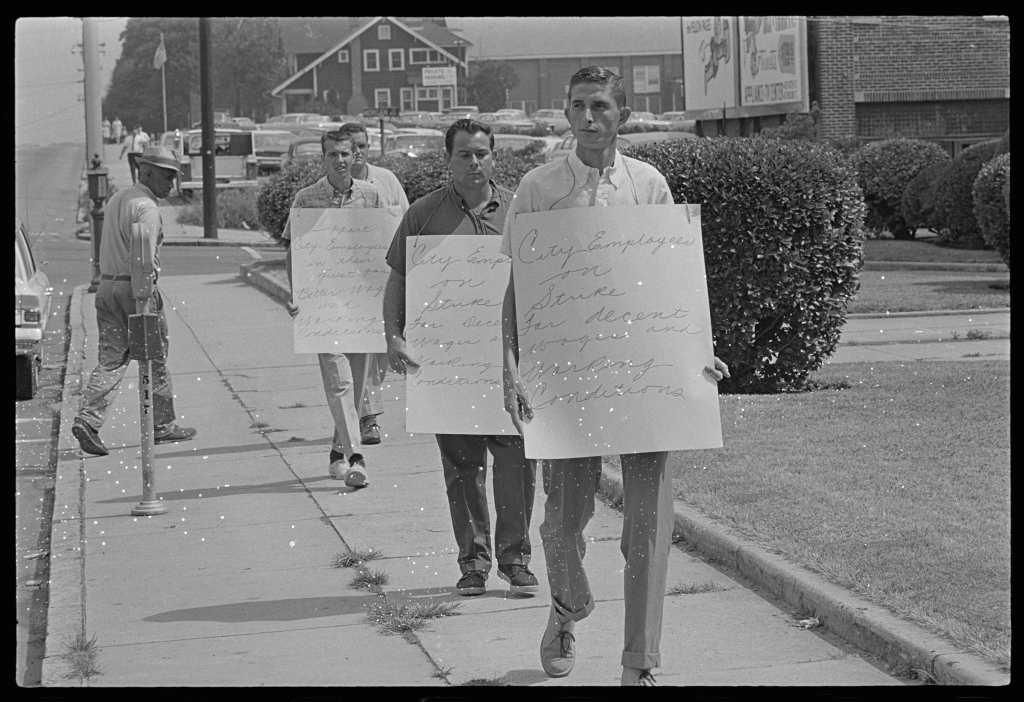
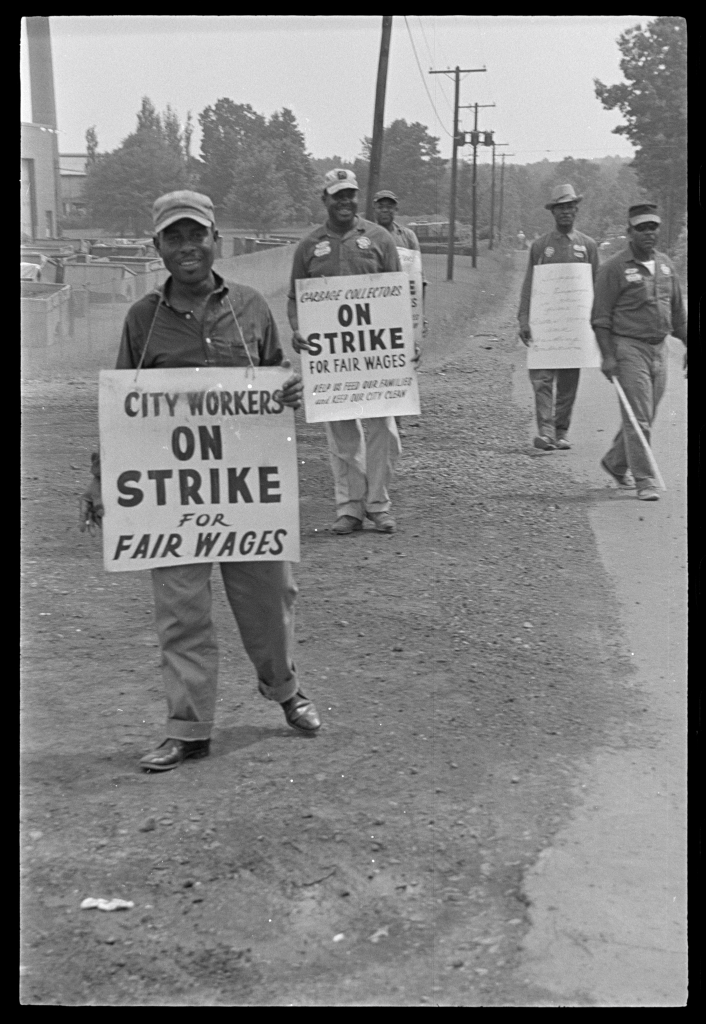
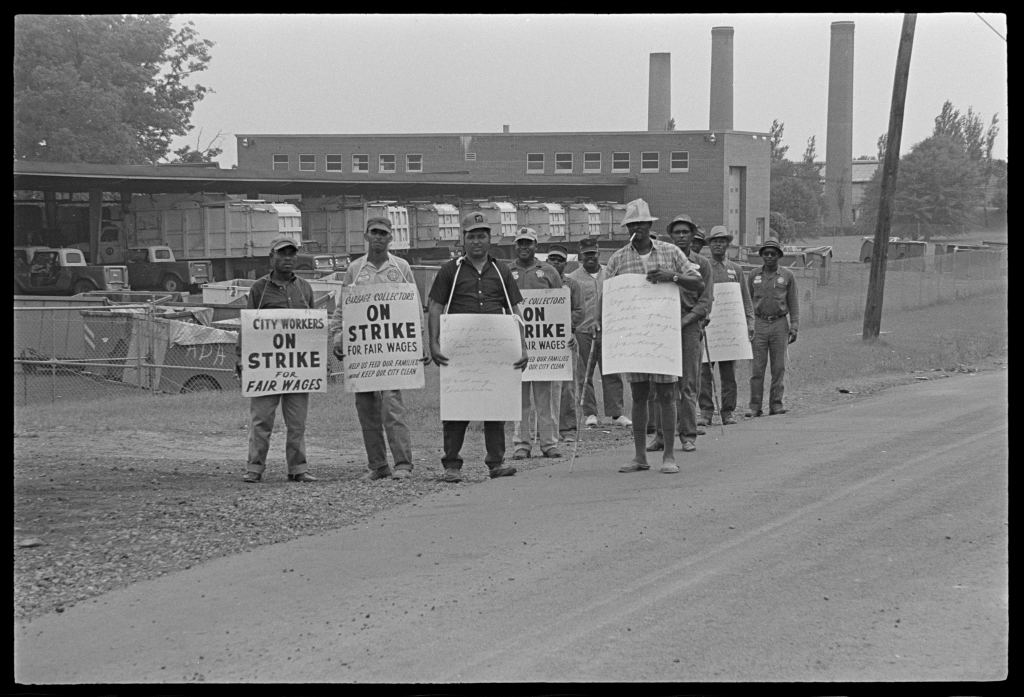
In April 2023, a bill was filed to “end limits on labor organizing” in the state, but the last update was that it was referred that month to the Committee On Rules and Operations of the Senate.


